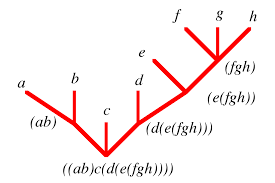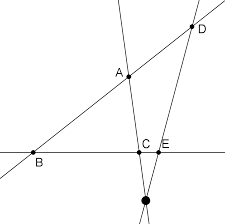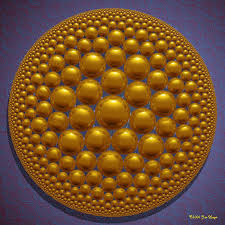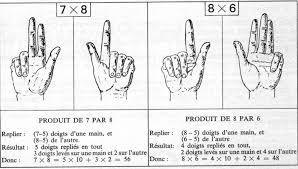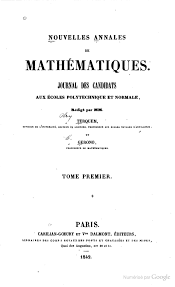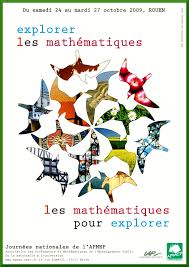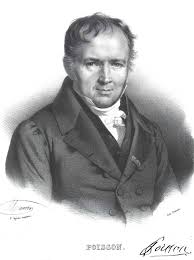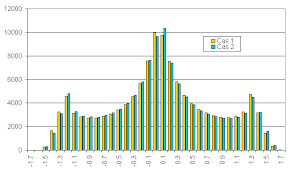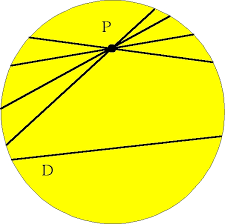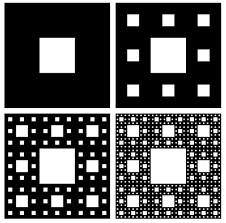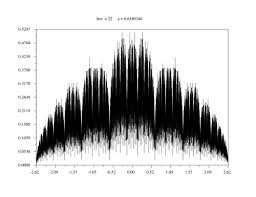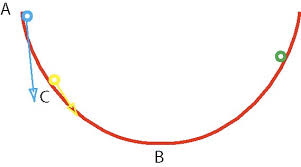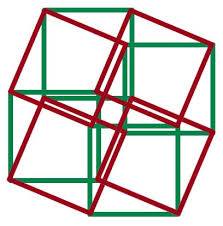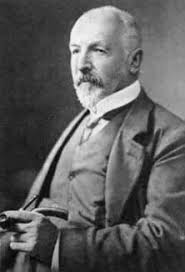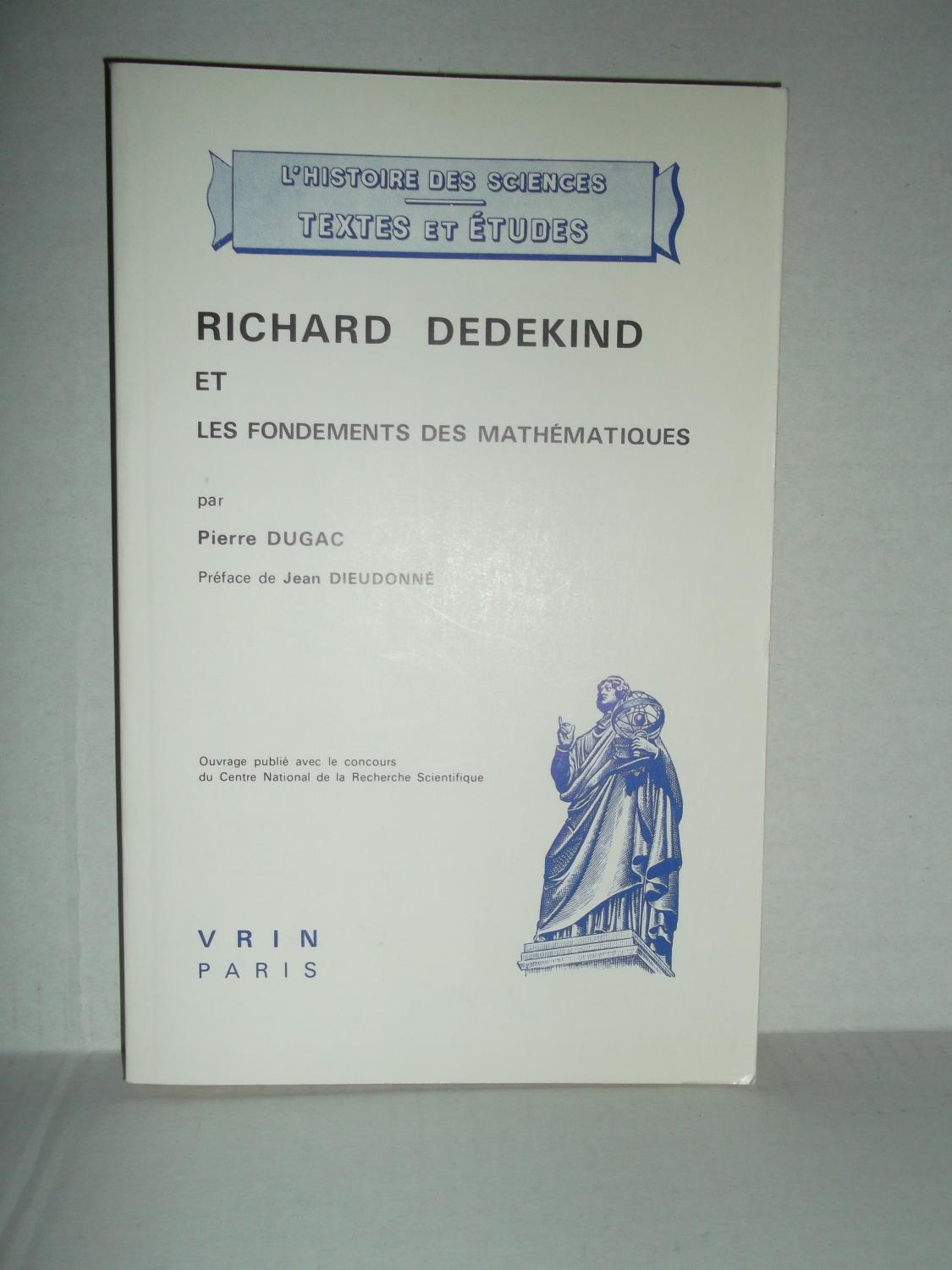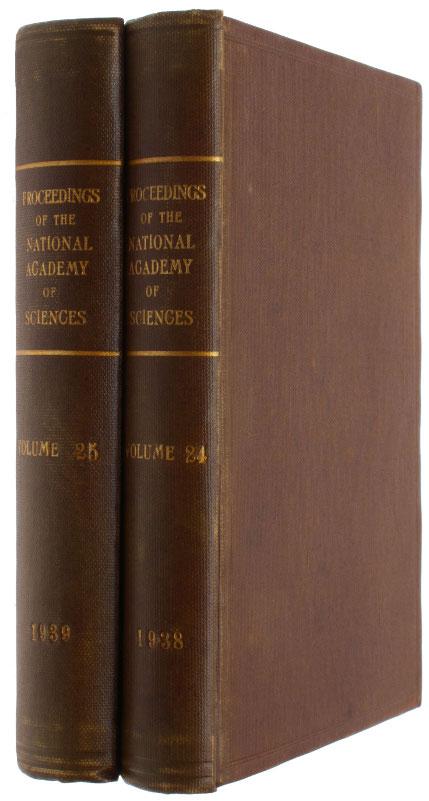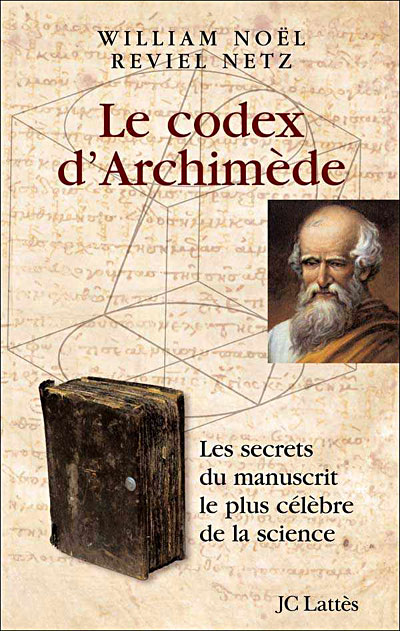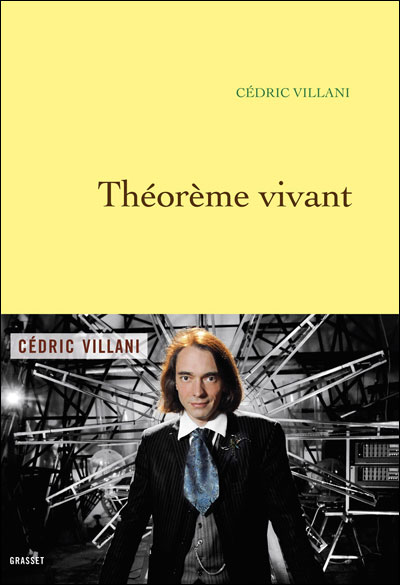15/12/2012
Gotlob FREGE Grundgesetze der Arithmetik. Begriffsschriftlich abgeleitet, I-II [all published].
14:36 | Lien permanent | Commentaires (0) |  |
|  del.icio.us |
del.icio.us |  |
|  Digg |
Digg | ![]() Facebook
Facebook
Ergebnisse eines mathematischen Kolloquiums, unter Mitwirkung von Kurt Gödel und Georg Nöbeling. Herausgegeben von Karl Menger. Heft 1-7 GÖDEL, Kurt
14:31 | Lien permanent | Commentaires (0) |  |
|  del.icio.us |
del.icio.us |  |
|  Digg |
Digg | ![]() Facebook
Facebook
On Computable Numbers, with an Application to the Entscheidungsproblem. TURING, Alan Mathison.
14:28 | Lien permanent | Commentaires (0) |  |
|  del.icio.us |
del.icio.us |  |
|  Digg |
Digg | ![]() Facebook
Facebook
Luigi Ambrosio/ Yann Brenier/ Giuseppe Buttazzo/ Cedric Villani Optimal Transportation and Applications: Lectures given at the C.I.M.E. Summer School held in Martina Franca, Italy, September 2-8, 2001 (Lecture Notes in Mathematics / Fondazione C.I.M.E., F
Optimal Transportation and Applications: Lectures given at the C.I.M.E. Summer School held in Martina Franca, Italy, September 2-8, 2001 (Lecture Notes in Mathematics / Fondazione C.I.M.E., Firenze)
(ISBN 10: 354040192X / ISBN 13: 9783540401926 )
Luigi Ambrosio/ Yann Brenier/ Giuseppe Buttazzo/ Cedric Villani
Description :
1st edition. 171 pages. 9.00x6.00x0.50 inches. In Stock. N° de réf. du libraire __354040192X
14:23 | Lien permanent | Commentaires (0) |  |
|  del.icio.us |
del.icio.us |  |
|  Digg |
Digg | ![]() Facebook
Facebook
Rezakhanlou, Fraydoun; Villani, Cédric Entropy Methods for the Boltzmann Equation: Lectures from a Special Semester at the Centre Émile Borel, Institut H. Poincaré, Paris, 2001 (Lecture Notes in Mathematics)
Entropy Methods for the Boltzmann Equation: Lectures from a Special Semester at the Centre Émile Borel, Institut H. Poincaré, Paris, 2001 (Lecture Notes in Mathematics)
(ISBN 10: 3540737049 / ISBN 13: 9783540737049 )
Rezakhanlou, Fraydoun; Villani, Cédric
Description :
N° de réf. du libraire GQ30155
14:22 | Lien permanent | Commentaires (0) |  |
|  del.icio.us |
del.icio.us |  |
|  Digg |
Digg | ![]() Facebook
Facebook
Richard Dedekind et les fondements des mathématiques Dugac, Pierre
10:35 | Lien permanent | Commentaires (0) |  |
|  del.icio.us |
del.icio.us |  |
|  Digg |
Digg | ![]() Facebook
Facebook
Georg Cantor Gesammelte Abhandlungen mathematischen und philosophischen Inhalts. Mit erläuternden Anmerkungen sowie mit Ergänzungen aus dem Briefwechsel Cantor-Dedekind., Herausgegeben von Ernst Zermelo. Nebst einem Lebenslauf Cantors von Adolf Fraenkel.
10:30 Publié dans Georg Cantor, Livres | Lien permanent | Commentaires (0) |  |
|  del.icio.us |
del.icio.us |  |
|  Digg |
Digg | ![]() Facebook
Facebook
Kurt Gödel The Consistency of the Axiom of Choice and of the Generalized Continuum-Hypothesis" [and] "Consistency-Proof for the Generalized Continuum-Hypothesis" [and] "The Independence of the Continuum Hypothesis, I-II"
The Consistency of the Axiom of Choice and of the Generalized Continuum-Hypothesis" [and] "Consistency-Proof for the Generalized Continuum-Hypothesis" [and] "The Independence of the Continuum Hypothesis, I-II" (in Proceedings of the National Academy of Sciences, Volume 24 (1938), pp.556-557 and Volume 25 (1939), 220-224. Mack Printing Company
Kurt Gödel
Titre : The Consistency of the Axiom of Choice and ...
Description :
10:26 Publié dans Kurt Gödel | Lien permanent | Commentaires (0) |  |
|  del.icio.us |
del.icio.us |  |
|  Digg |
Digg | ![]() Facebook
Facebook
13/12/2012
LIVRE ANCIEN 1637 Discours de la methode pour bien conduire sa raison, & chercher la verité dans les sciences. Plus la Dioptrique, les Meteores, et la Geometrie. Qui sont des essais de cete Methode. DESCARTES, René.
18:08 | Lien permanent | Commentaires (0) |  |
|  del.icio.us |
del.icio.us |  |
|  Digg |
Digg | ![]() Facebook
Facebook
Disquisitiones Arithmeticae. GAUSS, Carl Friedrich
18:04 | Lien permanent | Commentaires (0) |  |
|  del.icio.us |
del.icio.us |  |
|  Digg |
Digg | ![]() Facebook
Facebook
Lost Notebook and Other Unpublished Papers: Mathematical Works of Srinivasa Ramanujan
17:47 | Lien permanent | Commentaires (0) |  |
|  del.icio.us |
del.icio.us |  |
|  Digg |
Digg | ![]() Facebook
Facebook
LIVRE ANCIEN Elémens d'Algèbre EULER, Léonard 1795
17:41 | Lien permanent | Commentaires (0) |  |
|  del.icio.us |
del.icio.us |  |
|  Digg |
Digg | ![]() Facebook
Facebook
Oeuvres de Laplace (7 volumes) & Oeuvres complètes de Laplace (6 volumes = vol. 8-13). LAPLACE, PIERRE SIMON (1749-1827).
17:36 | Lien permanent | Commentaires (0) |  |
|  del.icio.us |
del.icio.us |  |
|  Digg |
Digg | ![]() Facebook
Facebook
Théorie Analytique des Probabilités. LAPLACE, Pierre Simon.
17:33 | Lien permanent | Commentaires (0) |  |
|  del.icio.us |
del.icio.us |  |
|  Digg |
Digg | ![]() Facebook
Facebook
In artem analyticum isagoge: eiusdem, Ad logisticem speciosam notae priores. Francisci Vieta Fontenaeensis ; recensuit, scholiisq; illustravit I.D.B[eaugrand]. VIÈTE, François.
17:22 | Lien permanent | Commentaires (0) |  |
|  del.icio.us |
del.icio.us |  |
|  Digg |
Digg | ![]() Facebook
Facebook
CACAO Project
17:17 | Lien permanent | Commentaires (0) |  |
|  del.icio.us |
del.icio.us |  |
|  Digg |
Digg | ![]() Facebook
Facebook
11/12/2012
Fractal Dimensions for Poincare Recurrences Valentin (Auteur), Afraimovich (Auteur) - Livre numérique en anglais. Paru en 08/2006
Fractal Dimensions for Poincare Recurrences
Valentin (Auteur), Afraimovich (Auteur) - Livre numérique en anglais. Paru en 08/2006
EN RÉSUMÉThis book is devoted to an important branch of the dynamical systems theory : the study of the fine (fractal) structure of Poincare recurrences -instants of time when the system almost repeats its initial state. The authors were able to...
Lire la suite
Pour commander
17:16 | Lien permanent | Commentaires (0) |  |
|  del.icio.us |
del.icio.us |  |
|  Digg |
Digg | ![]() Facebook
Facebook
Cournot et la renaissance du probabilisme au xixè (19ème) siècle. contient : la vie, l'homme et le milieu , l'écrivain (74p), le savant (30p), les sources du probabilisme (42p), probabilité mathématique et probabilité philosophique (38p), l'idée d MENTRE
17:14 | Lien permanent | Commentaires (0) |  |
|  del.icio.us |
del.icio.us |  |
|  Digg |
Digg | ![]() Facebook
Facebook
27/11/2012
Le codex d'Archimède Reviel Netz (Auteur), William Noel (Auteur) - Roman (broché). Paru en 09/2008
Le codex d'Archimède
Reviel Netz (Auteur), William Noel (Auteur) - Roman (broché). Paru en 09/2008
EN RÉSUMÉEn octobre 1998, un livre de prières datant du Moyen Âge noirci par le feu, abîmé par l'eau et rongé par la moisissure est vendu deux millions de dollars chez Christie's. Car sous les prières était dissimulé l'unique manuscrit de l'un des plus...
Lire la suite
Pour commander sur Fnac.com
09:58 | Lien permanent | Commentaires (0) |  |
|  del.icio.us |
del.icio.us |  |
|  Digg |
Digg | ![]() Facebook
Facebook
26/11/2012
Théorème vivant Cédric Villani (Auteur) - Roman (broché). Paru en 08/2012
Théorème vivant
Cédric Villani (Auteur) - Roman (broché). Paru en 08/2012
- EN RÉSUMÉ
- Théorème vivant est le récit de la genèse d’une avancée mathématique. Nous voici emportés dans le quotidien d’un jeune chercheur de talent : un véritable « road-trip », de Kyoto à Princeton et de Lyon à Hyderabad, dont Villani tient, au jour le...
Lire la suite
18:26 | Lien permanent | Commentaires (0) |  |
|  del.icio.us |
del.icio.us |  |
|  Digg |
Digg | ![]() Facebook
Facebook











